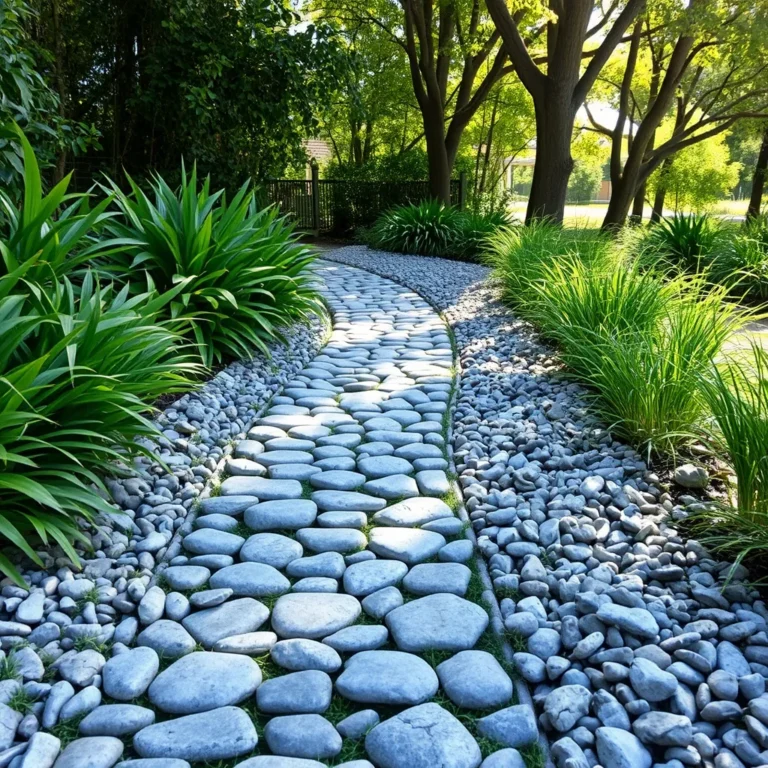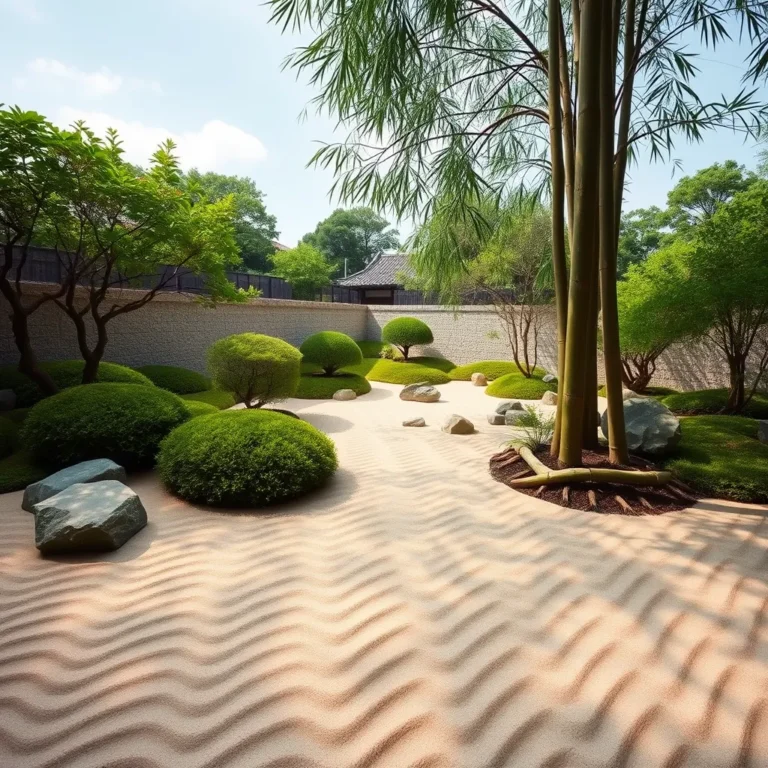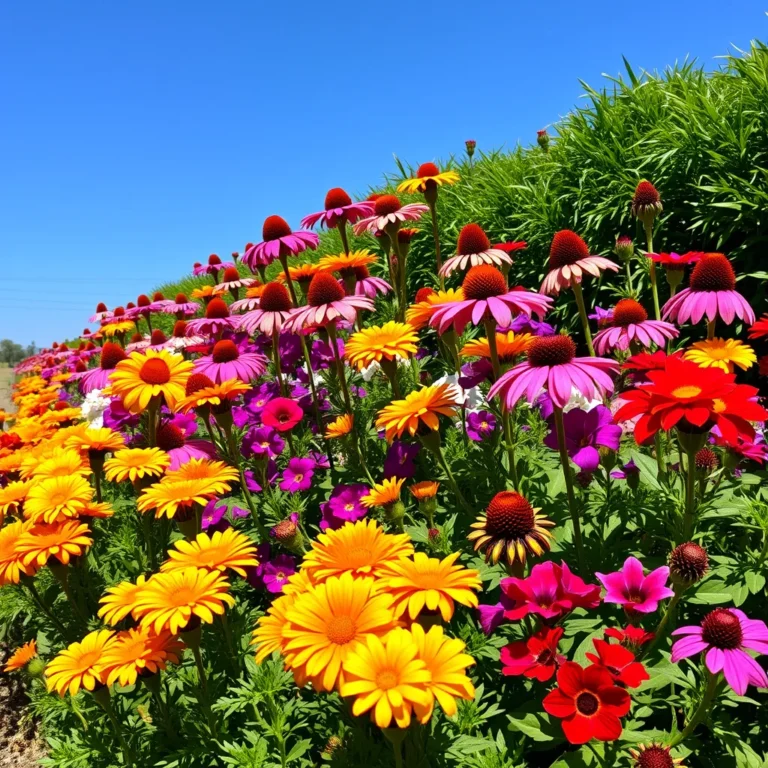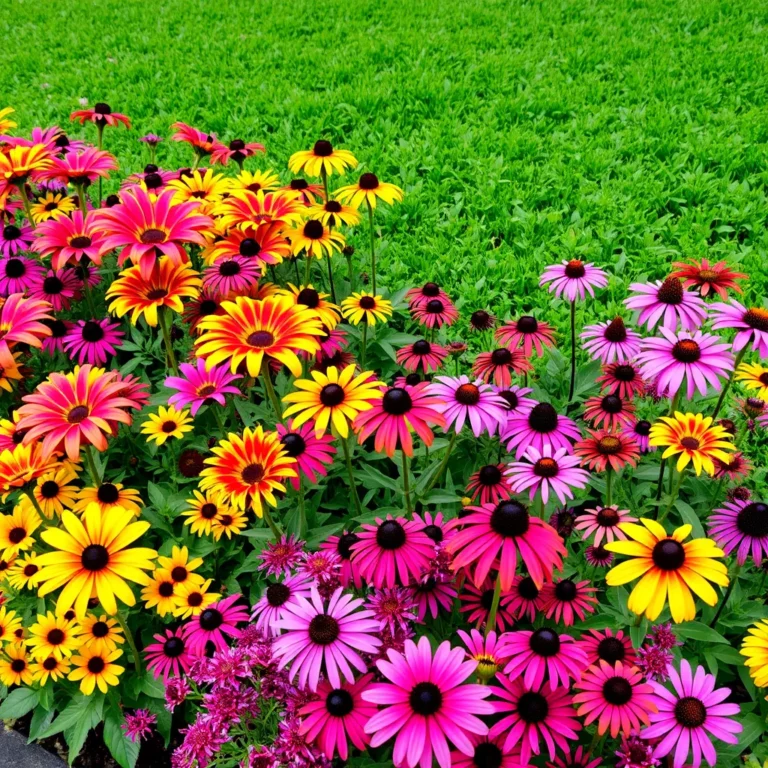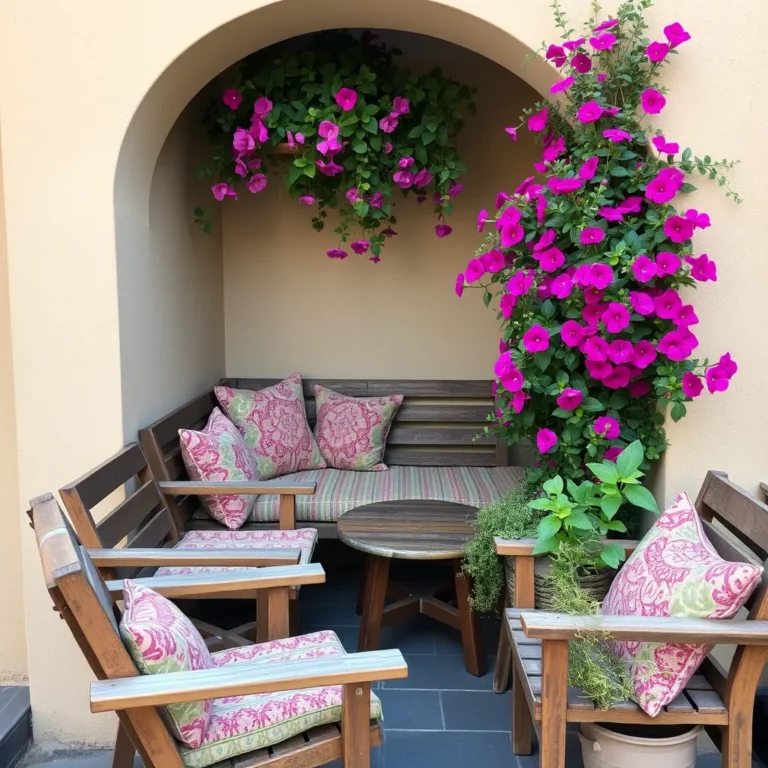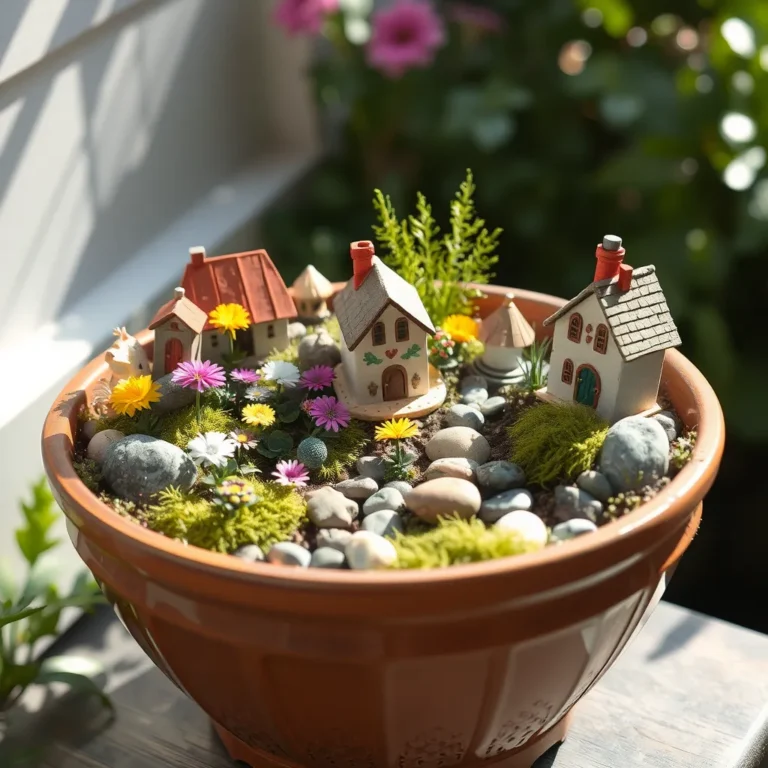8 Brilliant Hosta Landscaping Tips for Easy Gardens
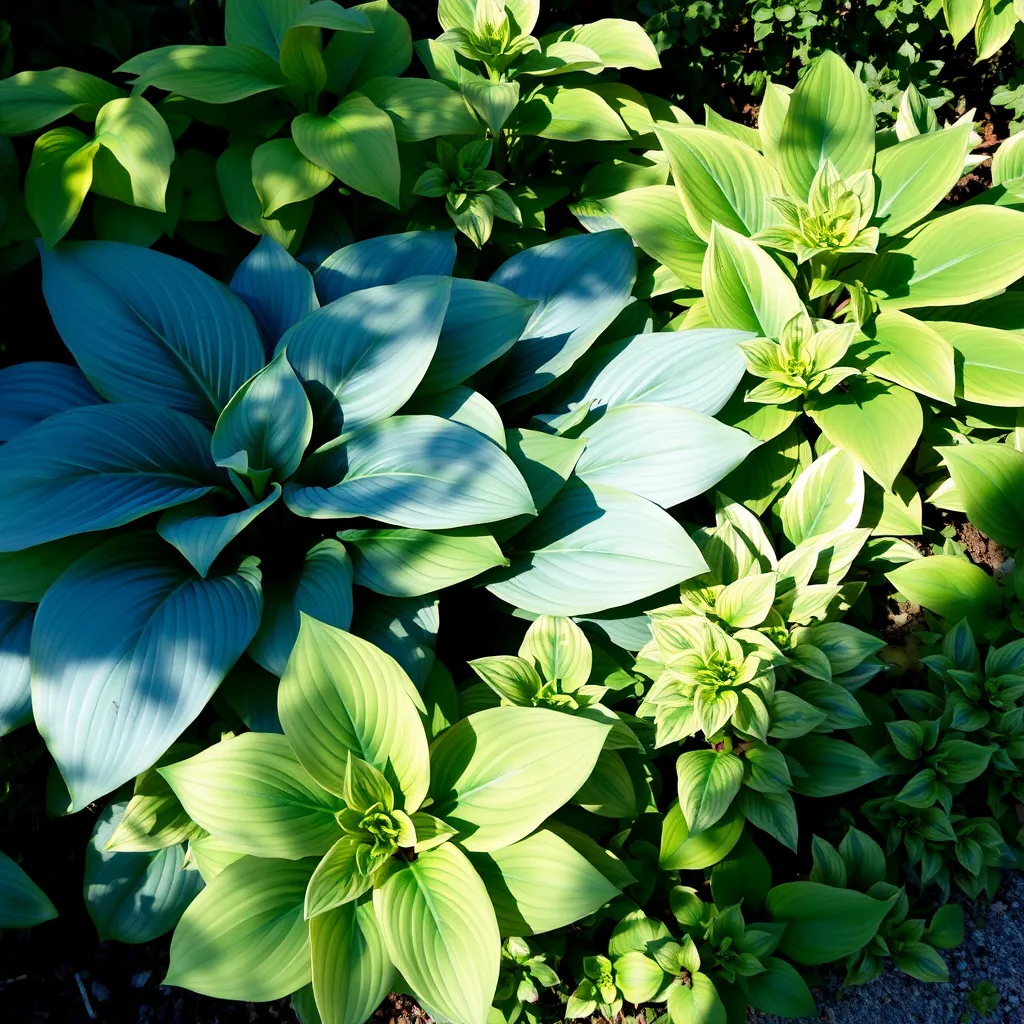
Are you looking to create a beautiful garden with little effort? Hostas are the answer! In this article, I share eight brilliant tips for using hostas in your landscape. You will learn how to choose the best hosta varieties, plan their placement, and mix them with other plants. Plus, I’ll share simple techniques to keep your garden thriving all year round. Let’s dive in and make your garden shine!
Choose the Right Varieties of Hosta for Your Space

When choosing hostas, think about your yard’s size and light. Some hostas grow big, while others stay small. For sunny spots, select hostas like ‘June’ or ‘Blue Angel.’ They thrive in bright light. In shady areas, ‘Plantain Lily’ and ‘Patriot’ work well. Each type has its own color and leaf shape. This adds charm to your garden.
Understand Hosta Growth Habits for Optimal Placement

Hostas have unique growth habits. Some spread wide, while others grow tall. Knowing this helps you place them correctly. For example, a big hosta needs space. Put it where it has room to grow. Smaller hostas fit well in tight spots. They can fill gaps and create depth. This makes your garden look full and lush.
Plan for Seasonal Interest: Mix Hostas with Complementary Plants

Mix hostas with other plants for year-round beauty. Flowers like astilbe and ferns pair well with hostas. They bloom at different times, adding color. Plant them together to create layers. This way, your garden stays lively. The mix also keeps pests away and helps your hostas thrive.
Utilize Mulching Techniques to Reduce Weeds and Moisture Loss

Mulch is key in a low-maintenance garden. It stops weeds from growing. You can use wood chips, straw, or bark. Spread a layer about 2 to 3 inches thick. This keeps the soil moist. It also adds nutrients as it breaks down. I like to apply mulch in spring. This helps keep my hostas healthy and happy.
Implement Drip Irrigation Systems for Water Efficiency

Drip irrigation saves time and water. This system delivers water right to the roots. You set it up and let it run. I find it easy to use and very effective. The plants get just what they need. This means less waste and less work for you. It also helps keep weeds down. Install it in a way that covers all your hostas.
Group Hostas by Size and Color for a Cohesive Design

Grouping hostas makes your garden pop. I like to mix large and small plants. Choose colors that complement each other. Use dark greens with light greens for contrast. This adds depth and beauty to your space. Arrange them in clusters for a natural look. This way, your garden feels full and well-planned. Plus, it makes it easy to care for them.
Use Natural Fertilizers to Minimize Chemical Input

I love using natural fertilizers in my garden. They help plants grow strong without harsh chemicals. Compost and well-rotted manure are great choices. They add nutrients and improve soil health. You can also use fish emulsion or seaweed extract. These options feed your hostas and other plants well. They boost growth while keeping the garden safe for pets and kids.
Apply natural fertilizers in spring and early summer. This timing helps your hostas thrive. Just mix them into the soil around the base of the plants. Avoid putting too much fertilizer close to the leaves. This way, you prevent burning the plants. Regular feeding keeps your garden healthy and reduces the need for chemicals.
Select Companion Plants that Thrive in Similar Conditions

Choosing the right companion plants is key for success. Hostas love shade and moist soil. Look for plants with the same needs. Ferns, astilbes, and solomon’s seal are perfect partners. They all like the same light and water.
When you mix these plants with hostas, you create a lush look. Use different leaf shapes and colors for interest. This makes your garden more vibrant and fun. Group plants with similar needs together. This keeps your garden low-maintenance and beautiful. It also reduces competition for water and nutrients.
Conclusion
Hostas bring beauty and life to your garden. Choosing the right varieties and knowing their growth habits are key steps. Mixing hostas with other plants adds seasonal interest. Mulching keeps weeds down and helps with moisture. Drip irrigation saves water and keeps plants happy. Grouping hostas by size and color creates great designs. Using natural fertilizers keeps your garden healthy and safe. Selecting good companion plants helps everything thrive together. Following these tips can make your garden vibrant and healthy for years. Enjoy the process of creating your perfect green space.

